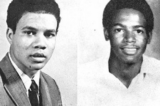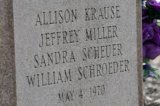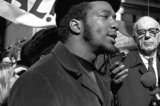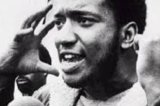
Fifty years ago on May 4, late at night, a bandana tied around my face, I watched a building burn down on the grounds of Washington University in St Louis. I was part of a group of student anti-war protestors and our fury was ignited by news earlier that day that four students were shot and killed and nine injured as 28 National Guard soldiers opened fire on anti-war protestors at Kent State University, near Cleveland, Ohio.

Three days earlier Nixon had announced that he was expanding the Vietnam War to Cambodia. Student protestors across the country reacted with outrage. Already students comprised the bulk of the anti-war movement, largely because young males were being drafted into that war as cannon fodder. But a larger critique of American government and society was emerging and some of us were calling for a revolution. We spoke about the need for a new consciousness about race and class and women, about the military-industrial complex, about the power of corporations and the planet.
The building I watched burn on the night of May 4, belonged to the Reserve Officer Training Corps program on campus. ROTC programs were major recruiting projects on campuses across the country and students had been protesting their presence for years. The week of May 1, and after the Kent State shootings, those buildings were torched from coast to coast.
Other students on other campuses had also been killed. Two years earlier at Orangeburg State College in South Carolina, three African American students were shot dead by local highway patrolmen and almost two dozen injured while students were protesting racial injustice and war. A disproportionate number of African American young men were being drafted and coming back in body bags. Then, eleven days after the Kent state murders, on May 15 at Jackson State Univ. in Mississippi, two African American students were killed and twelve were injured by local police. Their stories were either ignored or forgotten, washed away by the furor over four white students being killed on a campus by National Guard. That’s how racism worked then and now—on our historical memory as a nation.
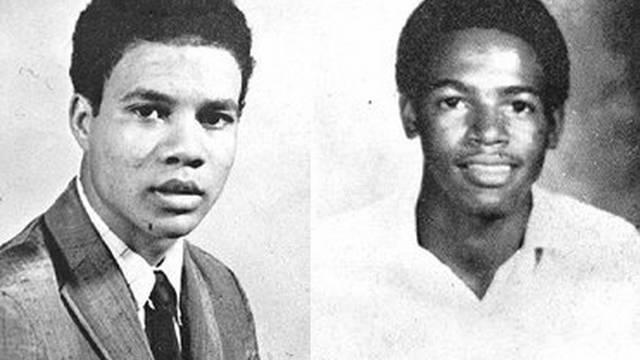
When people talk about our time today as the most polarized in the U.S., and the dangerous potential for violence, I can tell what age group they are not…they didn’t live through the 1960s. A decade when we witnessed a presidential assassination, a presidential candidate murdered, leaders of the civil rights movement including Dr Martin Luther King, assassinated, the leaders and members of the Black Power movement brutally gunned down, the urban riots after King’s murder. All of this while the government was waging a war of bombs and chemicals on a tiny country half a world away, and a non-violent anti-war movement spawned a violent wing that inspired hundreds of bombings across the country.
And it was the time of heavy surveillance, of the special FBI program called COINTELPRO (Counter Intelligence Program), covert and illegal, that was in place from 1956 to 1971 whereby informants infiltrated the Civil Rights and Black Power movements along with the anti-war, feminist, new left, and environmental organizations trying to sow dissension between black and white organizations, discrediting leaders and disrupting activities. The brutal murder by Chicago police of the brilliant and promising Chicago community leader, Fred Hampton, in his sleep, had just taken place in December of 1969. The police were working with an FBI informant in the Black Panthers who may have drugged Hampton and tipped off police where he was sleeping.

My FBI file revealed that informants were everywhere around me, even infiltrating women’s liberation consciousness raising groups. I have written about the surveillance of me personally in my memoir, Forbidden Fruit, about working at Radio Beijing in 1980, comparing the surveillance I experienced in St Louis to the version of it I experienced when I worked in Beijing from 1980-81.
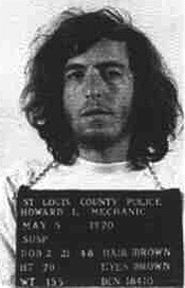
On Washington University campus where an ROTC building was burned, several student activists were investigated, arrested, jailed. Trials took place. One defendant, Howard, Mechanic, chose to go underground for thirty years. His book, The Fugitive Candidate: A Memoir by Howard Mechanic, telling his extraordinary story comes out this year. A multi-part podcast will also be available telling the St Louis FBI surveillance story along with Mechanic’s story. Produced by documentary filmmaker, Nina Gilden Seavey.
Yes, I remember May 4, and the decade of violence and activism that surrounded it. And how most of the activists from that era—black, white, brown, men, women—continued their activism on many levels and in many spheres to pursue justice and equality, to oppose war and foster peace. Yes, I remember.
